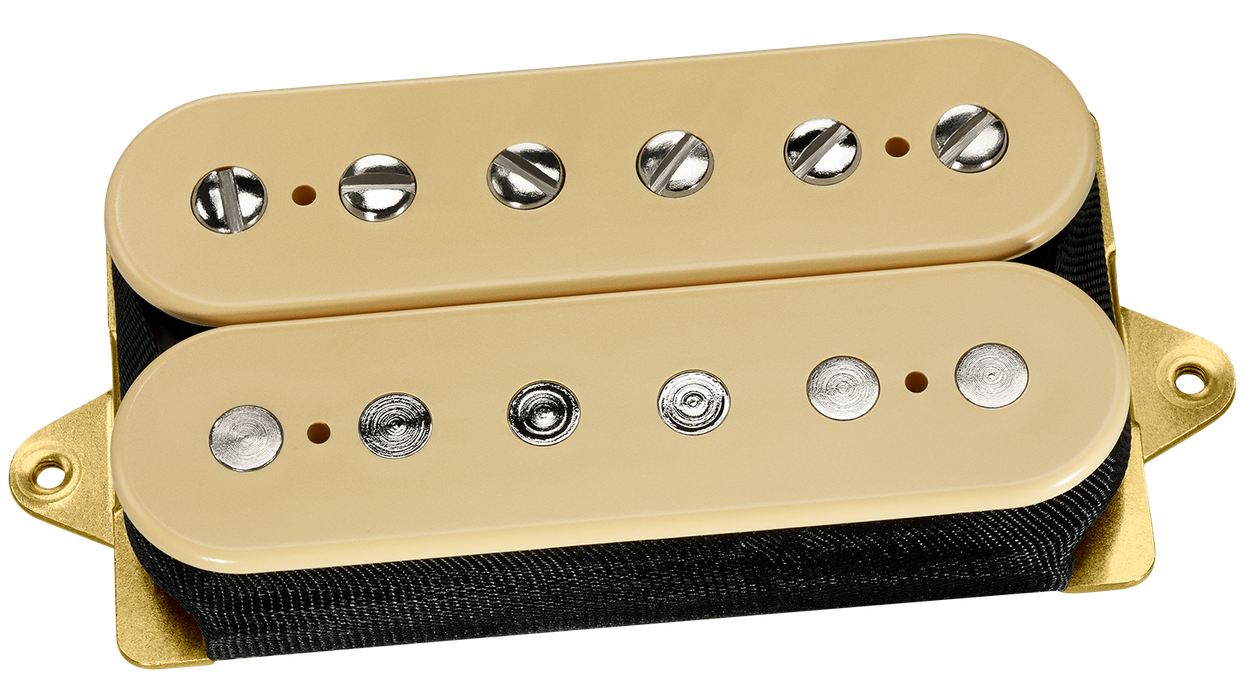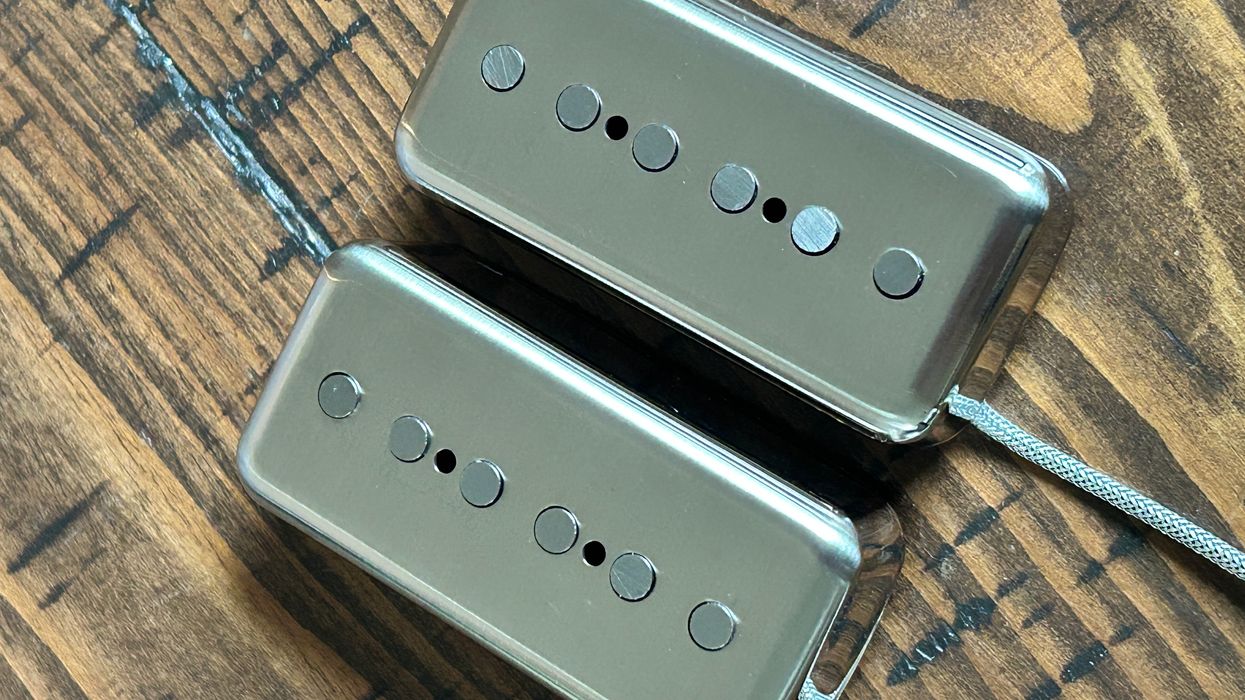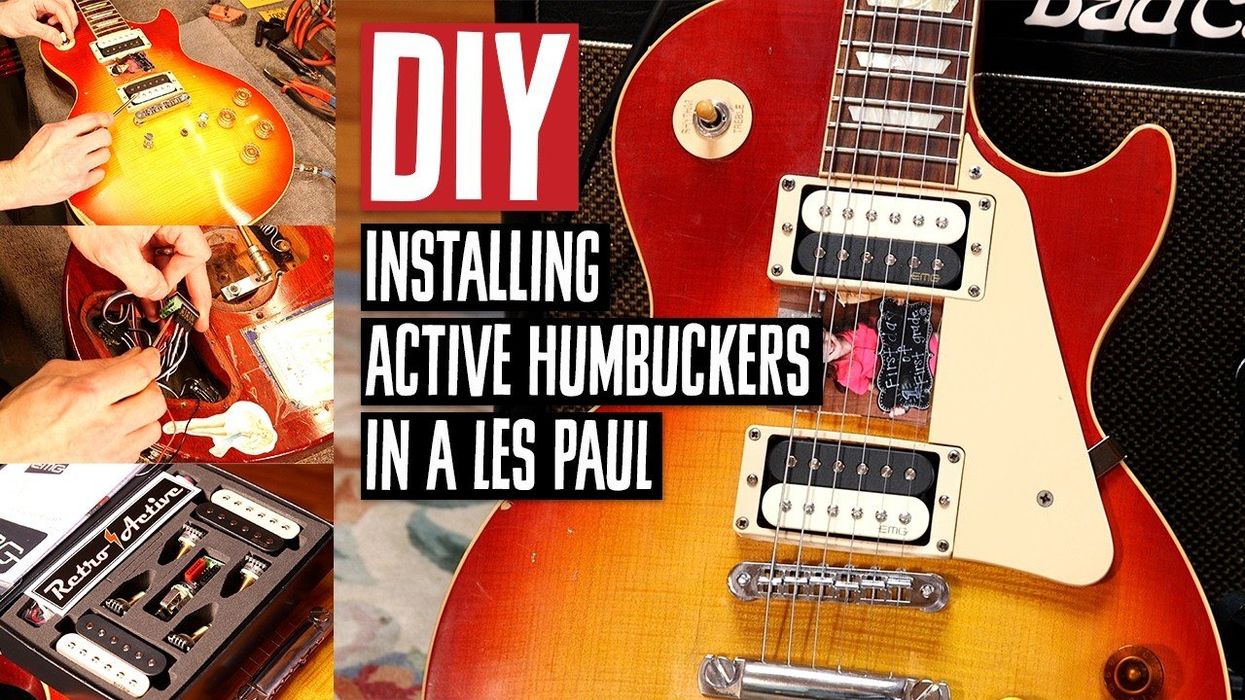MLA winds the HD58 humbuckers with a little less output for fans who love the original tones from the late 1950s.
Adding to the company’s line of premium-quality guitar pickups, Missing Link Audio has unleashed the Historically Designed 58 pickup set.
MLA winds the HD58 humbuckers with a little less output for fans who love the original tones from the late 1950s. They offer a much sought-after woody tone and a little more articulation in the mids than a modern humbucker pickup. They capture that late 1950s tone and response while retaining clarity in the highs when you roll off your volume.
The Bridge pickup has a definite sweet sustain and enough growl when you turn the volume knob up. You literally can dial in a Vintage PAF tone but with a lot more articulation. “Fat and woody” is one of the best ways to describe this set.
The Neck pickup is wound to match and has all the clarity that the bridge position possesses with a cello-like sustain and natural woody tone. If you need more it is as simple as turning your volume knob up on the guitar and listen to the response. It has plenty of drive and sustain.
Each HD58 pickup is constructed using:
- Butyrate bobbins
- Special manufactured plain enamel wire
- Nickel silver covers
- Correct nickel /silver metal plates
- Correct spacers
- Correct formulated Alnico 2 bar magnet
- Single conductor push-back braided wire
- Bridge Pickup DCR: 7.7 - Neck Pickup DCR: 7.2
- Unpotted
- Southern Crafted & American Made
- Limited Lifetime Warranty
Missing Link Audio’s HD58 Set is available for a suggested retail price of $299.99.
For more information, please visit mlapedals.com.
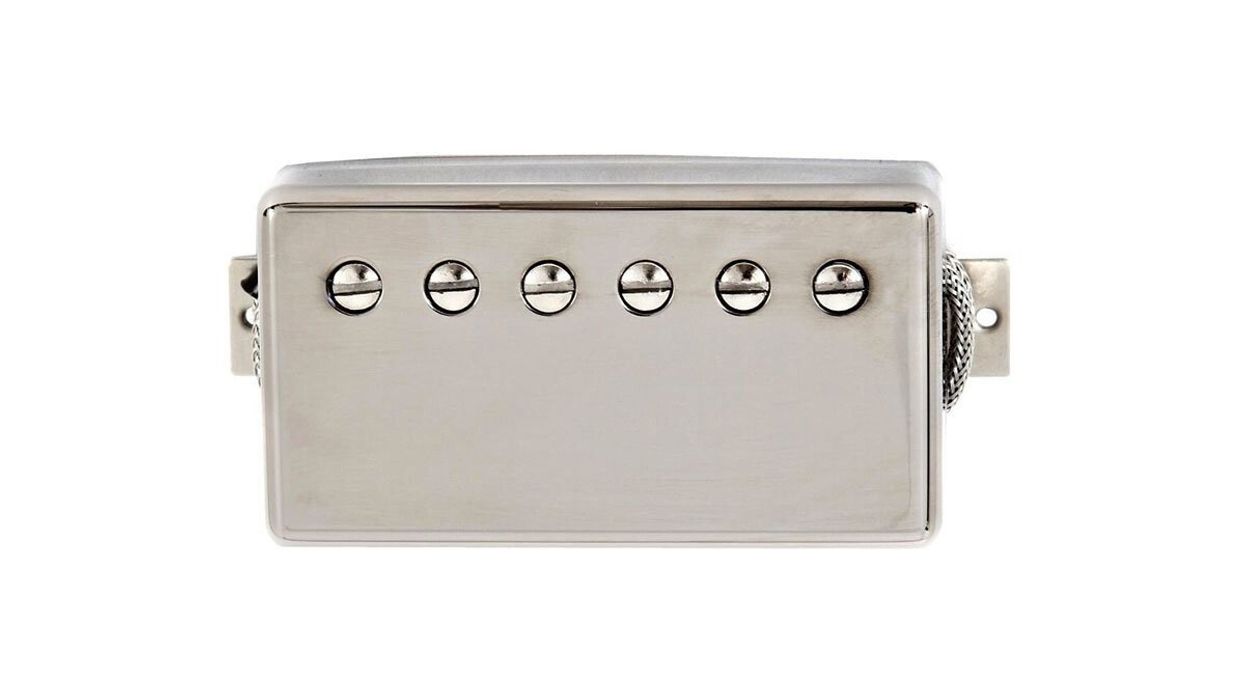
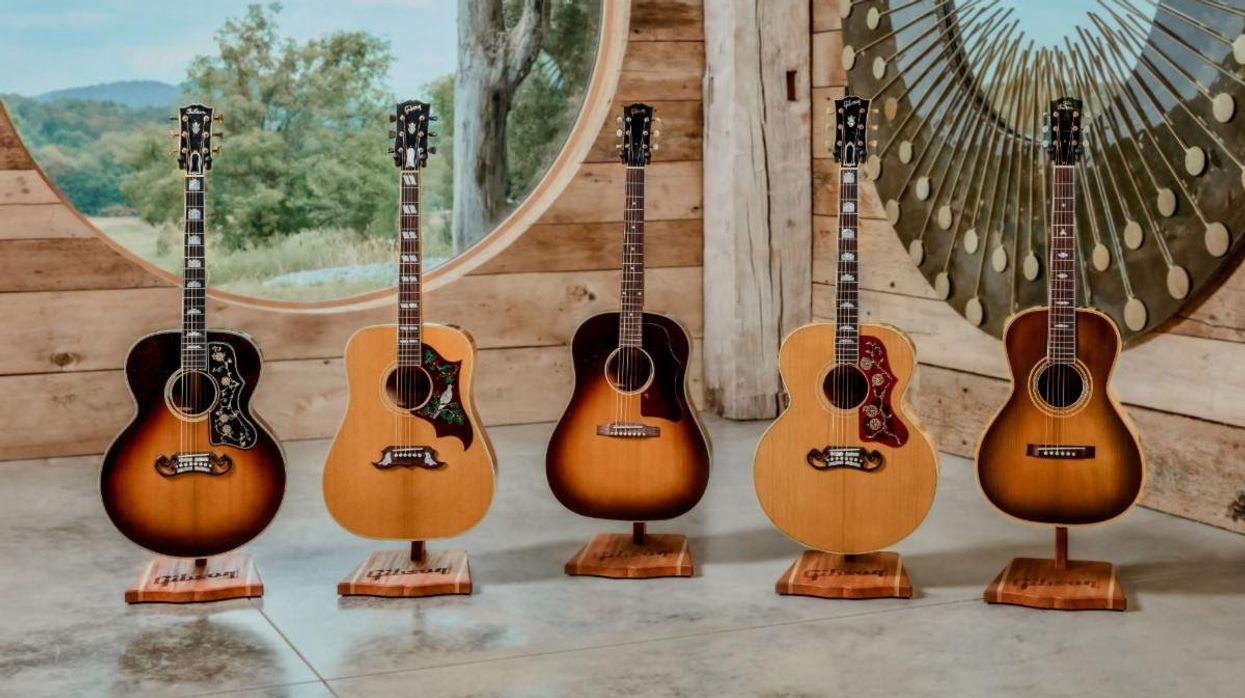



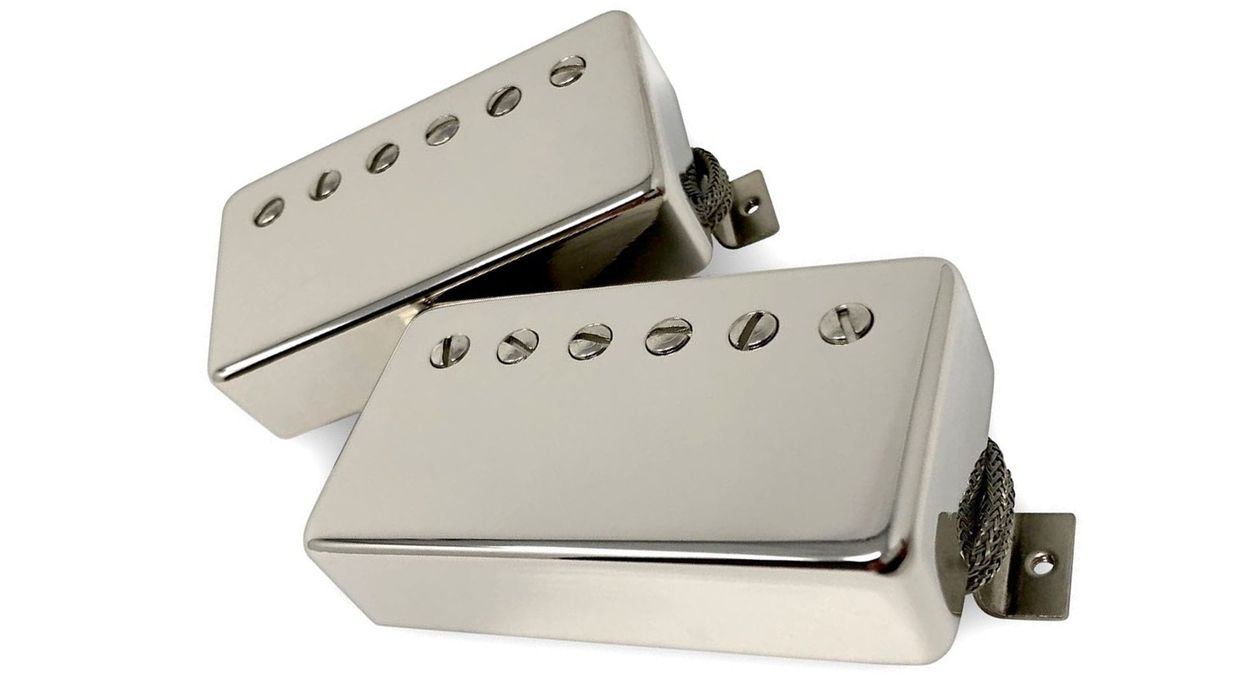

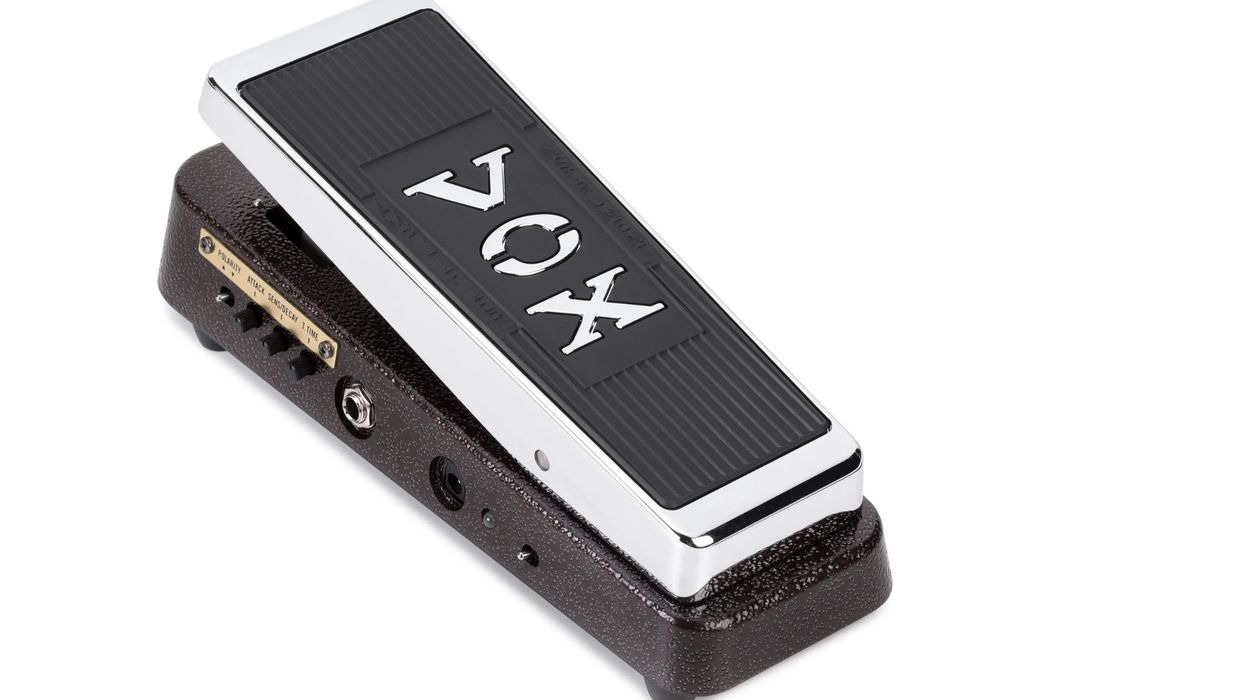




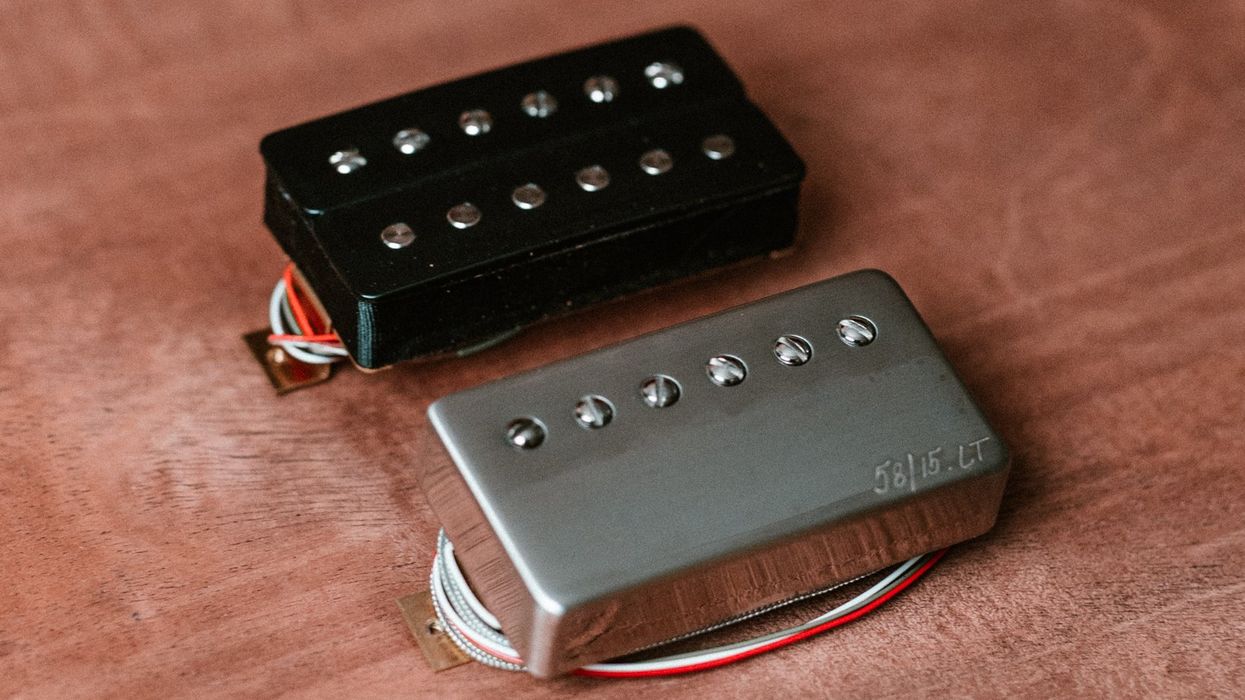
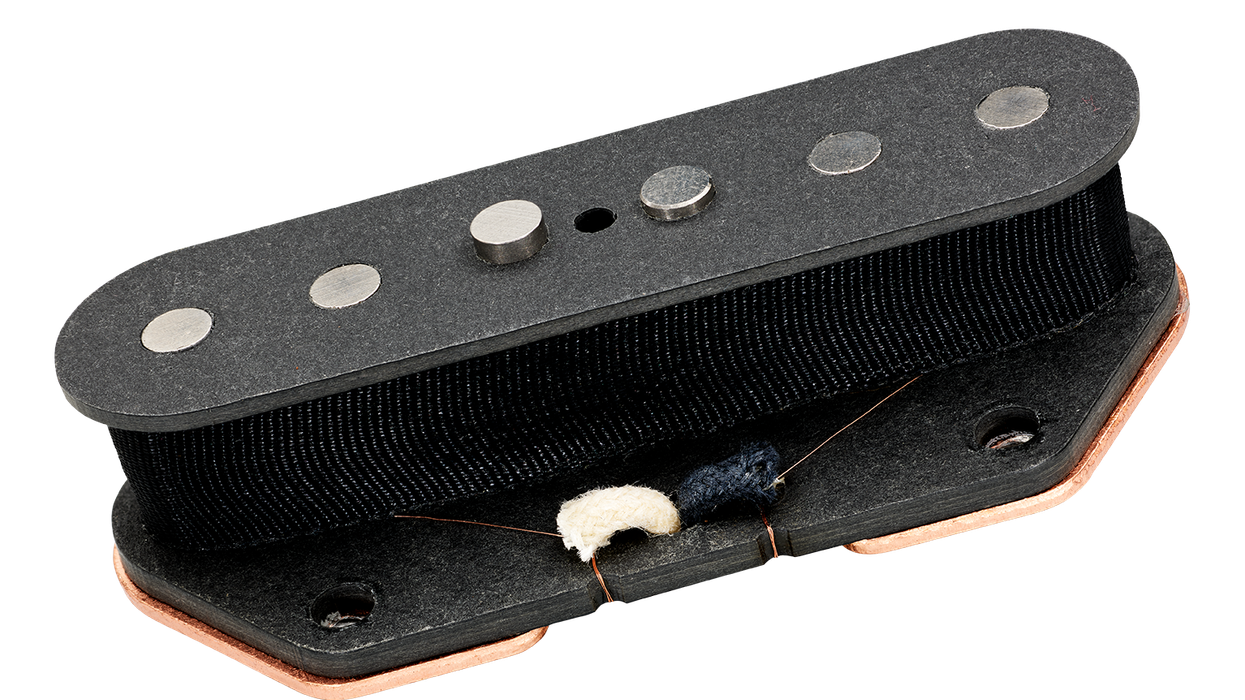
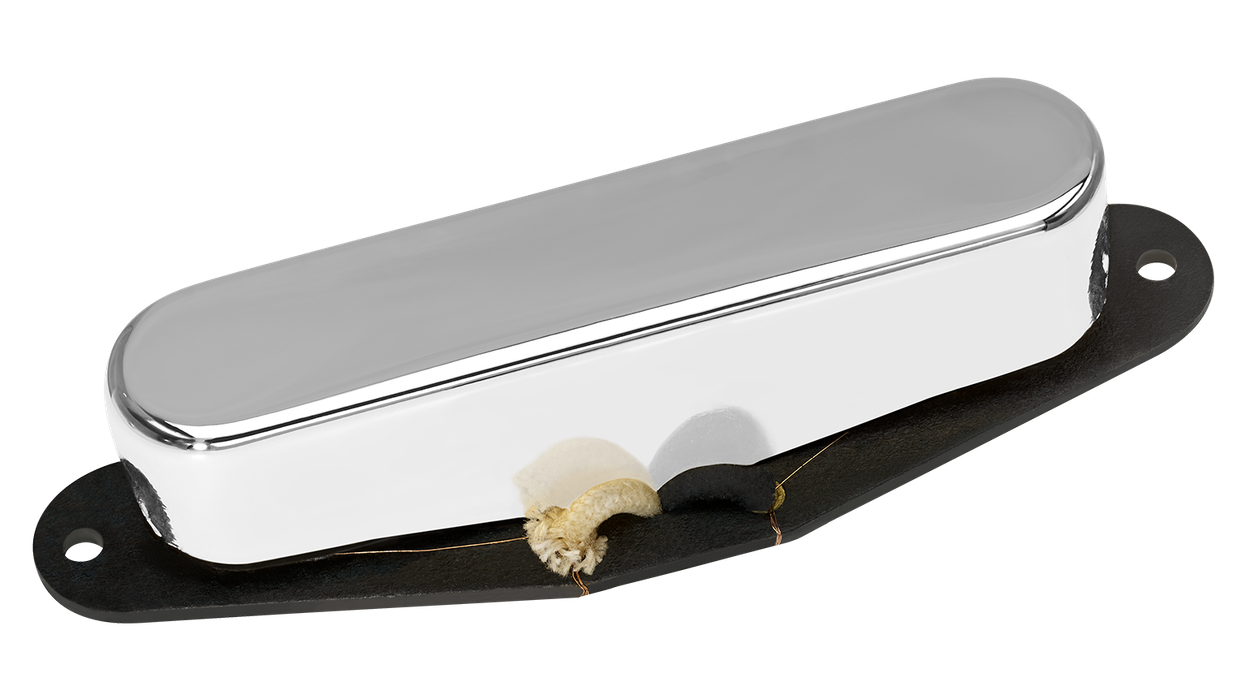
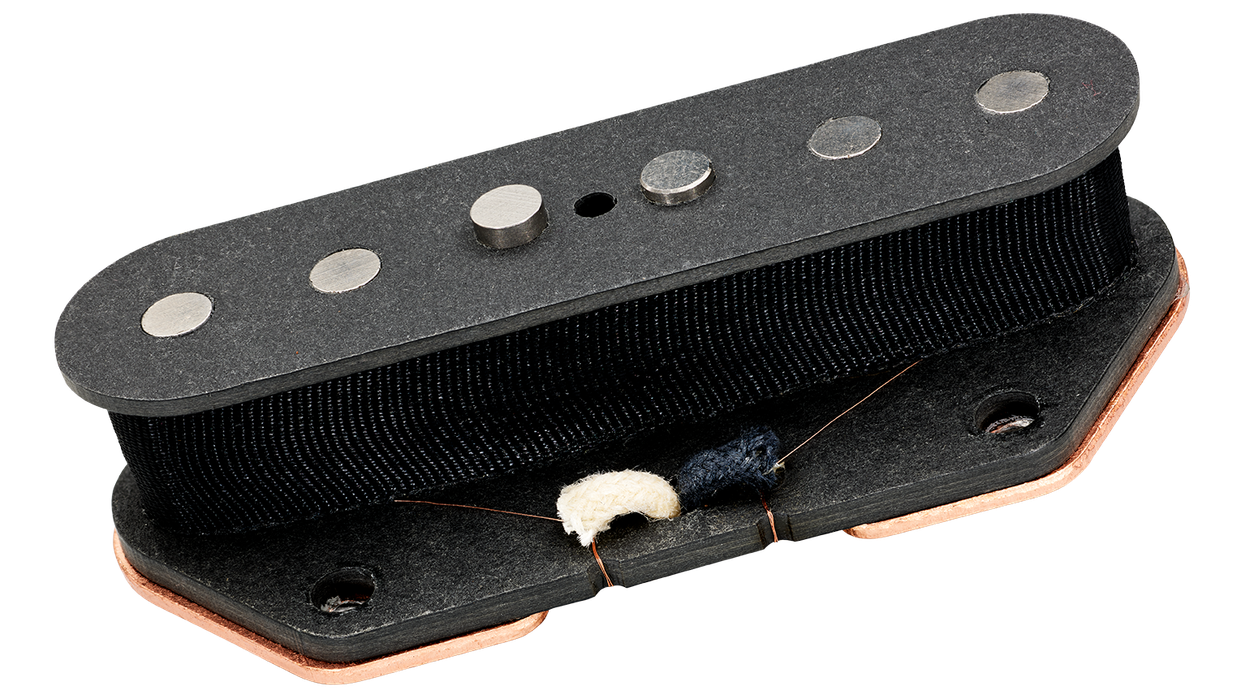 DiMarzio Introduces Muscle T Pickups for Telecasters and Super PAF Ceramic
DiMarzio Introduces Muscle T Pickups for Telecasters and Super PAF Ceramic